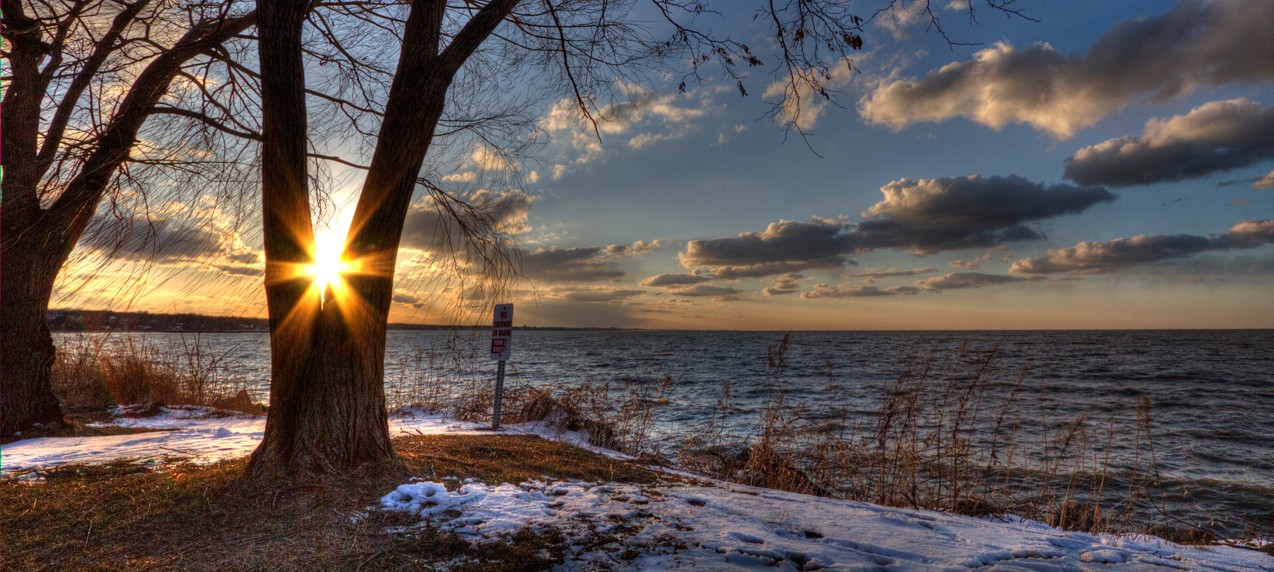If you are like me you probably stumbled upon an incredible work of time-lapse and just couldn’t get the images and feelings out of your head. Possibly you are fascinated by nature and the slow changes that occur over a period of time. A flower blooming, a sunset or a moonrise. [aside]This post on the origins of timelapse photography is part of a larger road-map outlining timelapse photography called The Massive Time-lapse Photography How to Guide…[/aside] Maybe it was a construction project or a cityscape at night, full of activity and production. Either way it was the capture of change in a way that we don’t normally see that makes time-lapse what it is. So, let’s ask the question.
What is time-lapse photography?
Time-lapse photography is a cinematography technique whereby the frequency at which film frames are captured (aka the frame rate) is much lower that that which will be used to play the sequence back. When you replay this sequence at normal speed, time appears to be moving faster and lapsing.
Put simply: We are manipulating time. Objects and events that would normally take minutes, days, hours, or months can be viewed to completion in seconds having been speeded up by factors of tens to millions.
The best way to define it beyond that wiki definition is to just show you (and if this video by Dominic Boudrealt doesn’t motivate you to keep learning, I don’t know what will. Watch his time-lapse compilation below:
Wow…..
*Tear Wiping…* *Pondering of the human condition…..*
Where did time-lapse photography originate?
Eadweard Muybridge (yes the spelling is correct, see below), a nineteenth-century photographer is often quoted as originating the technique. Cathy Curtis point out that he is famous for three things:
- his own bizarre spelling of his name
- his sensational acquittal for the murder of his wife’s lover
- [tooltip text=”Legend has it he was hired help the Governor win a bet for $25,000. When Occident streaked across a specially prepared track, the horse successively tripped wires attached to 24 still cameras, 21 inches apart. The Governor was wrong and lost.”] and his blurry but indisputable photographic proof that Occident, former California Gov. Leland Stanford’s racehorse, galloped by lifting all four feet off the ground.

Probably the most important person to popularize the art wasn’t a photographer at all, at least not at first. In the evenings, after work as a banker John Ott would come home and build and experiment with time-lapse equipment and the growth of plants.
Dr. John Ott’s life work documented in the DVD-film “Exploring the Spectrum” (watch the video below). Ott discovered that the movement of plants could be manipulated by varying the amount of water plants were given, and varying the color-temperature of the lights in the studio, with some colors causing the plants to flower and other colors causing the plants to bear fruit.
The few and the proud.
We have come a long way since Occident’s hooves left the ground. Today time-lapse photography has gotten a lot simpler but it certainly is not easy. It requires patience, dedication, and some (yes I said some) special equipment beyond a camera, and that’s what’s next.
Return to The Massive Time-lapse Photography Tutorial:
[includepost id=”177″][/includepost]


I am dazzled that you haven’t included Percy Smith in the history, seeing as he is considered the pioneer of time lapse photography!
However, it seems that Georges Melies made time lapse shots before even Percy Smith. I’m actually still looking for some kind of origin. However, the probability is that several people were innovating at slightly the same time.
Same happened to Photography and many other techniques or inventions.
[…] What is timelapse photography? Where did timelapse photography originate? […]
[…] https://www.learntimelapse.com/what-is-time-lapse-photography/ […]
[…] https://www.learntimelapse.com/what-is-time-lapse-photography/ […]